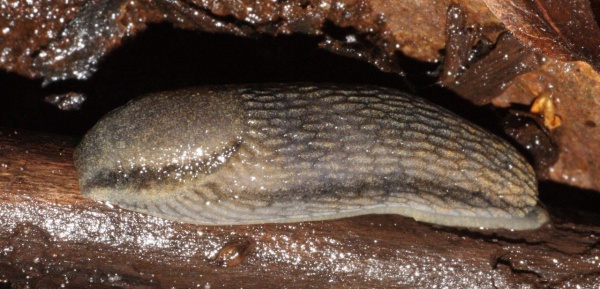Facts About Arion fasciatus
Arion fasciatus, commonly known as the Orange-banded Arion, is a type of shell-less terrestrial slug belonging to the Arionidae family. This species was first described by Sven Nilsson in 1823. Originally native to Northern Europe, it has since spread to other cool and moist regions such as the British Isles, Canada, and the Northern United States. These slugs are typically found in ecotonal habitats, areas where different ecosystems intersect.
One fascinating aspect of Arion fasciatus is its hermaphroditic nature, meaning each slug possesses both male and female reproductive organs. Like other stylommatophoran slugs, they have retractable tentacles located on their heads: the upper pair is equipped with light-sensitive organs, while the lower pair contains olfactory receptors. As they move, Arion fasciatus secretes mucus, which can become thicker and stickier under threat, providing protection from predators.
In terms of diet, these slugs show a preference for consuming dead, decaying leaves over fresh vegetation, likely because they typically feed beneath leaf litter. Their dietary habits exhibit seasonal variations, with an increased consumption of animal matter during certain times of the year.
Initially, Arion fasciatus was grouped with two other slugs in the subgenus Carinarion. However, subsequent studies revealed that these slugs belong to a single species-level taxon. Molecular studies have since confirmed that Arion fasciatus is the correct designation for this species.

 Ireland
Ireland